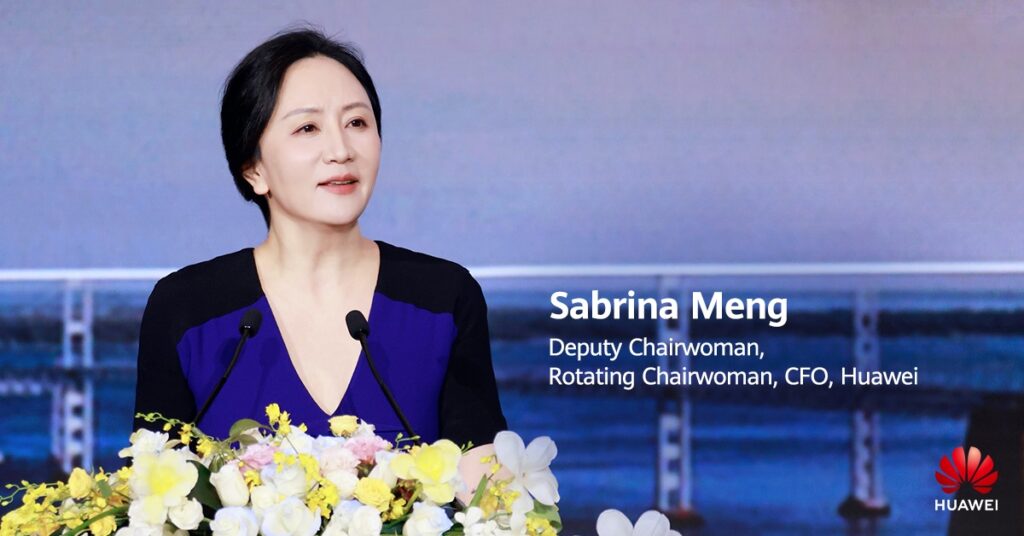Huawei roots for more innovation to deepen 5G uptake

As commercial deployment of 5G gains momentum in Kenya with Safaricom and Airtel leading its rollout across the country, it has created a growing appetite for more groundbreaking, leapfrog innovation needed to apply it to more sectors. But to do so necessitates diving deeper into industrial scenarios, truly understanding customers’ pain points, and adopting a more holistic systems engineering mindset.
In a statement from the head office, Huawei Rotating Chairwoman and CFO Sabrina Meng said that the technology industry needs to work more closely together both up and down the value chain – with peers and partners, customers and developers – throughout the entire product lifecycle, from R&D and procurement, to supply and marketing, to pave way for solution modeling, optimization, tools and methodologies
“5G has been in commercial use around the world for four years now. It’s driving new value creation, and 5.5G is the next step forward and as science and technology moves towards large, complex systems, it requires matching technology to specific scenarios and performing systems engineering, in order to pave the way for 5G’s ongoing success,” explained Sabrina.
The digital infrastructure of the future intelligent world will be deeply integrated into every aspect of people’s lives, industry, and society. It won’t be based on advancements in individual technologies, but rather on incredibly massive, complex systems – the convergence of multiple elements. It’s going to require systems-level thinking and design.
Meng spoke about two specific types of integrated capabilities. “The first is integrating different technologies. We can achieve greater synergy across cloud, networks, edge, and devices through systematic design and cross-domain innovation. When coupled with optimization across software, hardware, chips, and algorithms, we can address the challenges associated with developing complex solutions for vastly different industrial scenarios,” she added.
“The second,” she continued, “is the ability to integrate different approaches to management. Digital and intelligent transformation is more about transforming your approach to management. Going digital requires redefining the relationships between people, events, things, and theory, and adopting a more open, forward-looking management approach to address future challenges.”
Sabrina pointed out that across all industries and countless households around the world, 5G has been changing the way people work and live, creating tremendous economic, industrial, and social value.
For consumers, 5G, cloud and AI have set off a chain reaction and new forms of business are emerging in great quantities. For industries, to become a driver of productivity, the technology has to become a component of production systems in large-scale industrial applications.
Moving ahead, 5G is expected to give rise to new devices and applications that deliver a more immersive experience, like 5G New Calling and naked-eye 3D. It is also ushering in a new era of super-connectivity between things, bringing new strength to IoT networks and driving new forms of productivity.





